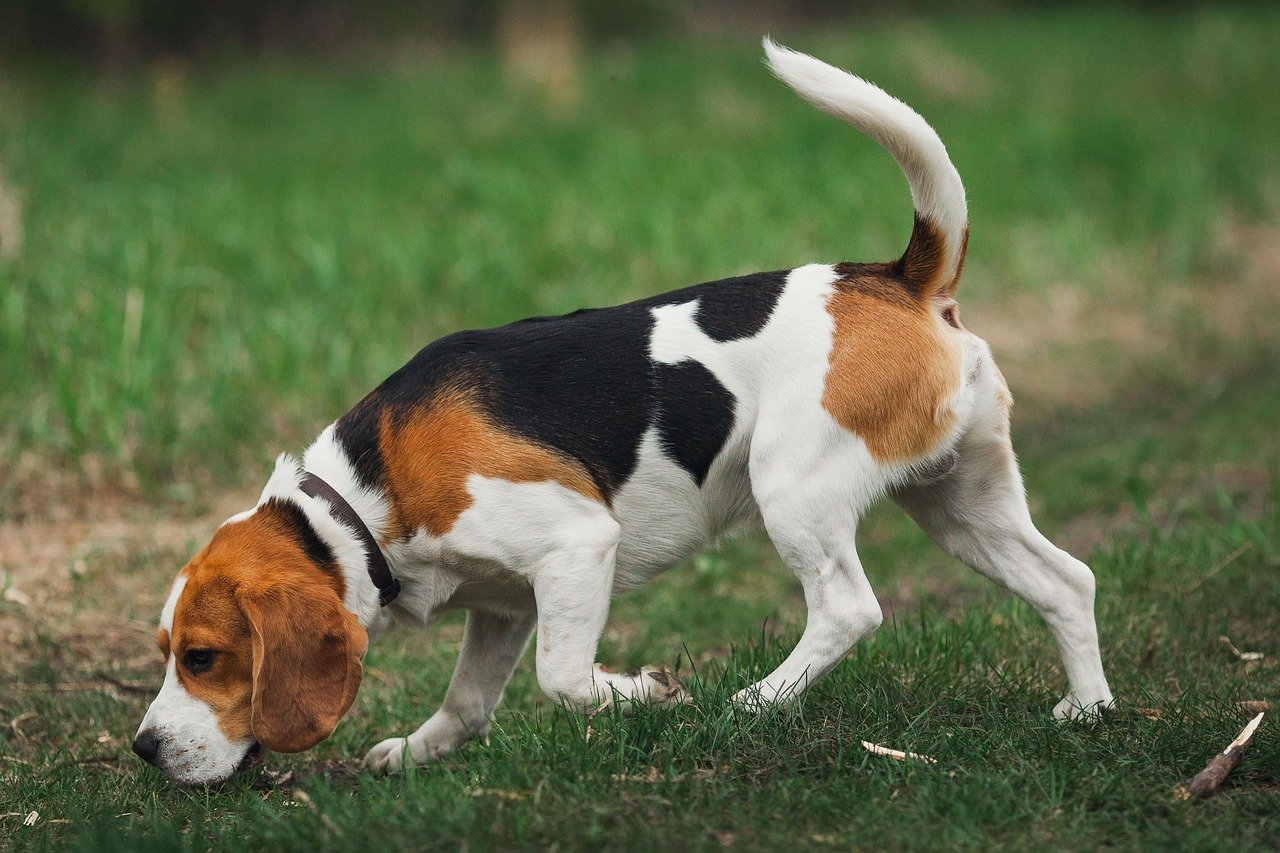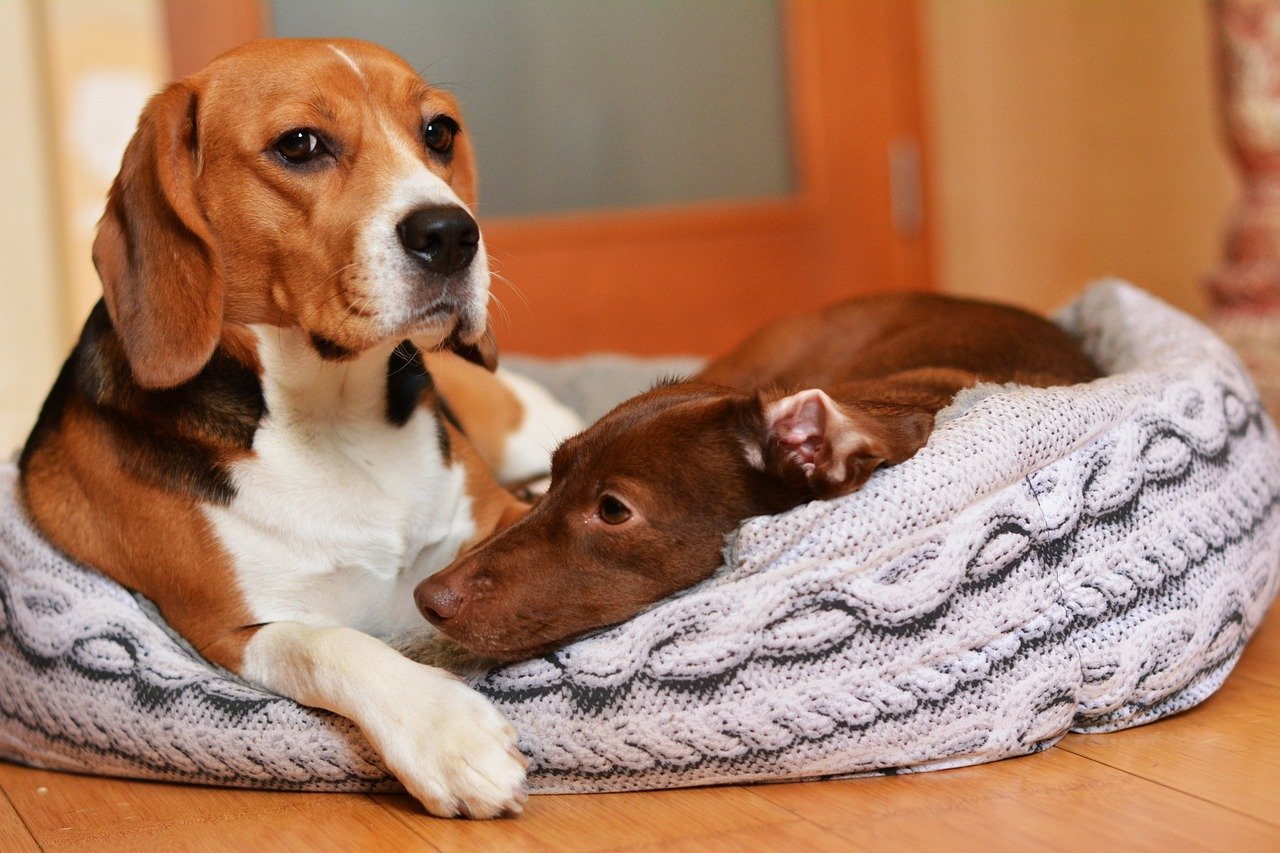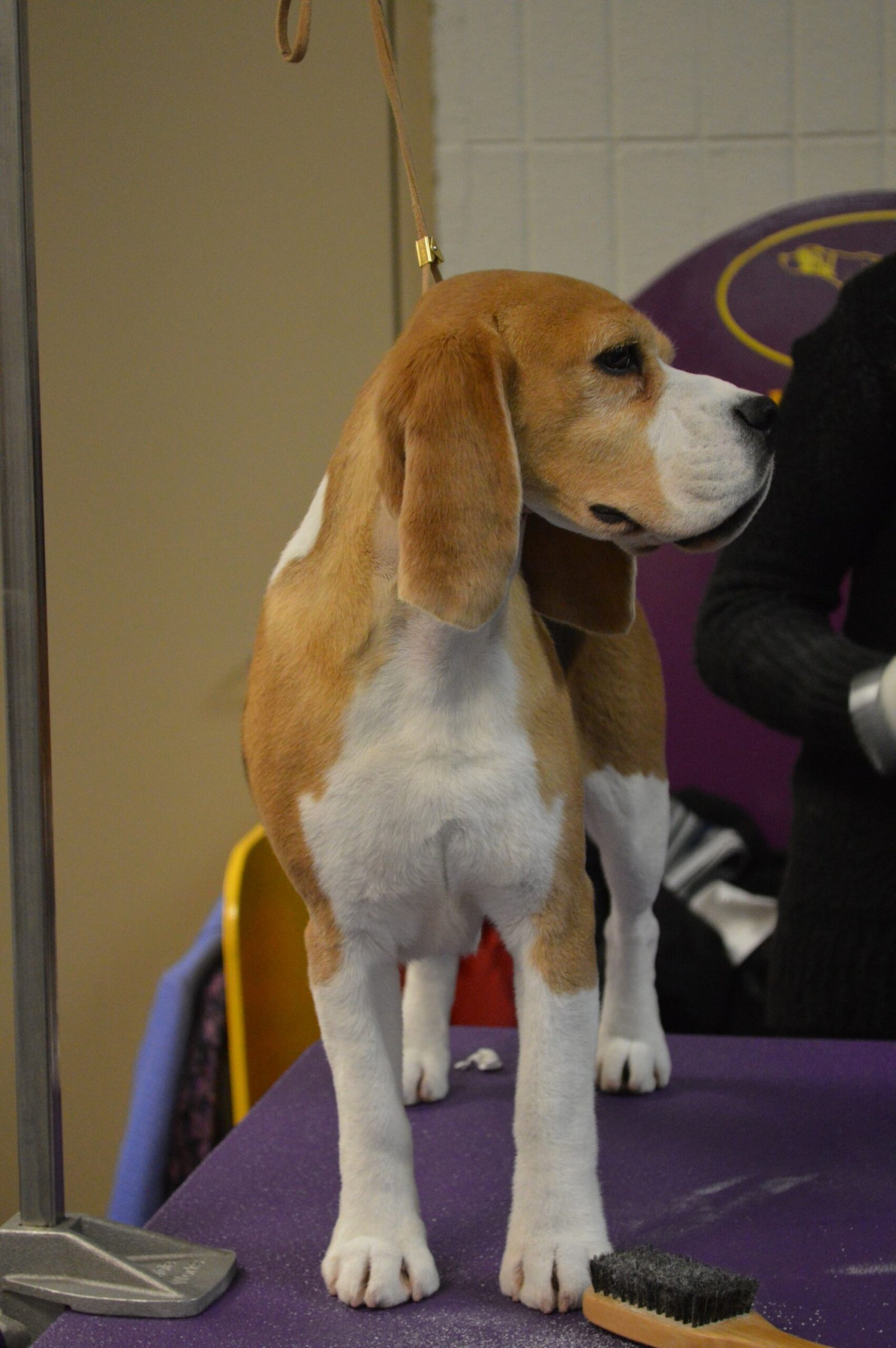The Nose Knows: Beagle Scent Abilities

There’s something almost magical about the beagle’s nose. Imagine stepping into a park, dozens of smells swirling around, and your beagle’s tail wags before you even see a squirrel. That’s because beagles have around 220 million scent receptors, while humans only have about 5 million. Their sense of smell is so keen, it’s rivaled only by the bloodhound. This isn’t just a fun fact—it’s a superpower. Beagles are such expert sniffers that border patrol and airport security often trust them to sniff out contraband. Even a tiny crumb of food in your pocket is no match for their detective nose. If you ever wonder why your beagle is glued to the ground during walks, remember: every patch of grass is a new adventure. Their world is a swirling symphony of scents, and they’re always the conductor.
A History Rooted in Adventure

Beagles weren’t always the lovable household companions we know today. Their story begins centuries ago in England, where they were bred for hunting small game like rabbits and hares. Medieval hunters needed a dog with stamina, courage, and a nose that missed nothing. Enter the beagle: compact, determined, and never afraid to plunge into the thickest brush. Throughout history, beagles have been cherished by royalty—Queen Elizabeth I was said to adore her “pocket beagles,” tiny enough to fit in a saddlebag. Over time, their popularity soared, and they made their way to America, where their charm won over families and hunters alike. Their adventurous spirit hasn’t faded, even as their roles have shifted from the field to the living room.
Personality: Cheerful, Curious, and Sometimes Stubborn

Spend five minutes with a beagle and you’ll discover a personality that’s as bright as a summer morning. They’re famously cheerful, always ready for a game or a cuddle on the couch. But don’t let the floppy ears fool you—beagles are also fiercely curious. If there’s something to investigate, they’re already on the case, nose first. This curiosity can sometimes come across as stubbornness, especially when a fascinating scent leads them astray. Training a beagle isn’t always easy, but their eagerness to please can be a big help. The trick is patience, a pocketful of treats, and a good sense of humor. Their antics are endearing, even when they’re being mischievous.
Beagles and Families: The Perfect Match
Looking for a dog that fits seamlessly into family life? Beagles are a top choice. Their friendly, gentle nature makes them fantastic companions for kids. They’re not too big or too small—just the right size to romp in the backyard or snuggle up during movie night. Beagles are pack animals at heart, so they thrive when surrounded by people (and even other pets). They rarely show aggression, preferring playtime to conflict. Of course, their curiosity means you’ll need a secure yard—beagles are escape artists if something interesting catches their attention. But for families who crave energy, affection, and endless entertainment, a beagle is pure joy.
The Art of Training a Beagle

Training a beagle can feel like negotiating with a toddler who’s had too much sugar. Their intelligence means they pick up tricks quickly, but their independent streak sometimes gets in the way. The secret? Make training a game. Use positive reinforcement—treats, praise, and playtime—and keep sessions short and engaging. Harsh words or punishment won’t work; beagles respond best to encouragement and consistency. Crate training, leash manners, and recall commands are musts, especially because their noses can lead them into trouble. Even the most stubborn beagle wants to please you—sometimes you just have to convince them it was their idea all along.
The Famous Beagle Appetite

If there’s one thing every beagle owner knows, it’s to never leave food unattended. Beagles are notorious foodies, and their powerful noses can sniff out snacks from rooms away. Their appetite isn’t just legendary—it’s almost comical. They’ll beg, plead, and perform tricks for a taste of whatever you’re eating. This enthusiasm, while adorable, means beagles are prone to weight gain if not monitored. Measuring meals, avoiding table scraps, and choosing healthy treats keeps them fit and happy. Beagles may act like they’re always starving, but a little tough love goes a long way for their waistline.
Exercise: More Than Just Walks
A bored beagle is a mischievous beagle. These dogs were bred to run for miles, so they crave daily exercise far beyond a quick stroll around the block. Regular walks, play sessions, and even scent games in the yard keep their bodies and minds sharp. Beagles love activities like agility courses and fetch, but their real passion is following scents. Try hiding treats or toys for them to find—it’s like a treasure hunt. Without enough activity, beagles can become destructive or vocal, so keeping them busy is key. Think of exercise as their passport to good behavior and happiness.
Beagle Health: What Every Owner Should Know

Beagles are generally healthy and hearty, but like all breeds, they have some common health concerns. Their floppy ears are adorable, but prone to infections if not cleaned regularly. Beagles can also be susceptible to hip dysplasia, epilepsy, and certain eye conditions. Their love of food means obesity is a real risk, and with it comes other problems like diabetes or joint pain. Regular vet check-ups, a balanced diet, and plenty of exercise go a long way in keeping them healthy. With the right care, many beagles live well into their teens, wagging their tails every step of the way.
Loud and Proud: The Beagle Voice

If you’ve ever heard a beagle bay, you know it’s impossible to ignore. Beagles have a unique, musical bark—a “bay”—that’s part of their hunting heritage. This voice was designed to alert hunters when they’d found something exciting. In a modern home, it can mean anything from “There’s a squirrel!” to “You’re home!” or even “Feed me!” While charming, their vocal nature sometimes surprises new owners. Training and plenty of exercise help manage excessive barking, but some noise is just part of the package. For many, a beagle’s voice is music to the ears—a joyful reminder of their lively spirit.
Beagles and Other Pets: A Social Butterfly

Beagles are famously sociable, not just with people but with other animals too. Their pack mentality makes them eager to befriend dogs, cats, and sometimes even the family rabbit. Early socialization is important, though, especially if you have small pets that might be mistaken for prey. Generally, beagles play well with others and hate to be left alone for long periods. Separation anxiety can strike if they’re the only pet in a quiet house. A second dog or regular playdates can help satisfy their social cravings. With the right introductions, a beagle turns any house into a lively home.
Grooming: Low Maintenance, High Reward

One of the best things about beagles is how easy they are to care for. Their short, dense coats don’t require fancy grooming—just a weekly brush to keep shedding in check. Bath time is only needed occasionally, unless they find something wonderfully stinky to roll in (which, let’s be honest, happens more than you’d think). Ears should be checked and cleaned regularly to prevent infections, and nails need trimming like any dog. Despite their low-maintenance grooming, beagles love the attention and bonding that comes with it. A little effort keeps them looking sharp and feeling their best.
The Beagle Smile: Expressions That Melt Hearts
There’s nothing quite like a beagle’s smile. Those soulful brown eyes and goofy grins are enough to brighten any bad day. Beagles are masters at using expressions to communicate—tilting their heads, wagging their tails, and even “talking” with a series of funny noises. They wear their emotions on their faces, whether they’re excited to see you or feeling a little mischievous. It’s these irresistible expressions that make beagle owners fall in love over and over again. Their charm is undeniable, and their happiness is infectious.
Rescue or Breeder: Choosing Your Beagle

If you’re thinking about adding a beagle to your family, you have options. Many wonderful beagles are waiting in shelters and rescues for a second chance. Adopting a rescue not only saves a life but often brings home a dog that’s already house-trained and socialized. If you choose to go through a breeder, make sure they’re reputable—look for health clearances, clean facilities, and a willingness to answer questions. Whether you rescue or buy, bringing a beagle home means signing up for years of laughter and adventure. The right match is out there, just waiting for a forever friend.
Living with a Beagle: Embrace the Adventure

Life with a beagle is never dull. Every day brings a new discovery—whether it’s a hidden treat, a new walking route, or simply a sunny spot by the window. Beagles remind us to approach life with curiosity and enthusiasm, to sniff out joy in the everyday. Their loyalty, humor, and zest for life make them unforgettable companions. If you’re ready for a little chaos, a lot of laughter, and a friend who’ll follow their nose wherever it leads, a beagle might just be your perfect match.

Linnea is a born and bred Swede but spends as much time as possible in Cape Town, South Africa. This is mainly due to Cape Town’s extraordinary scenery, wildlife, and atmosphere (in other words, because Cape Town is heaven on earth.) That being said, Sweden’s majestic forests forever hold a special place in her heart. Linnea spends as much time as she can close to the ocean collecting sea shells or in the park admiring puppies.





